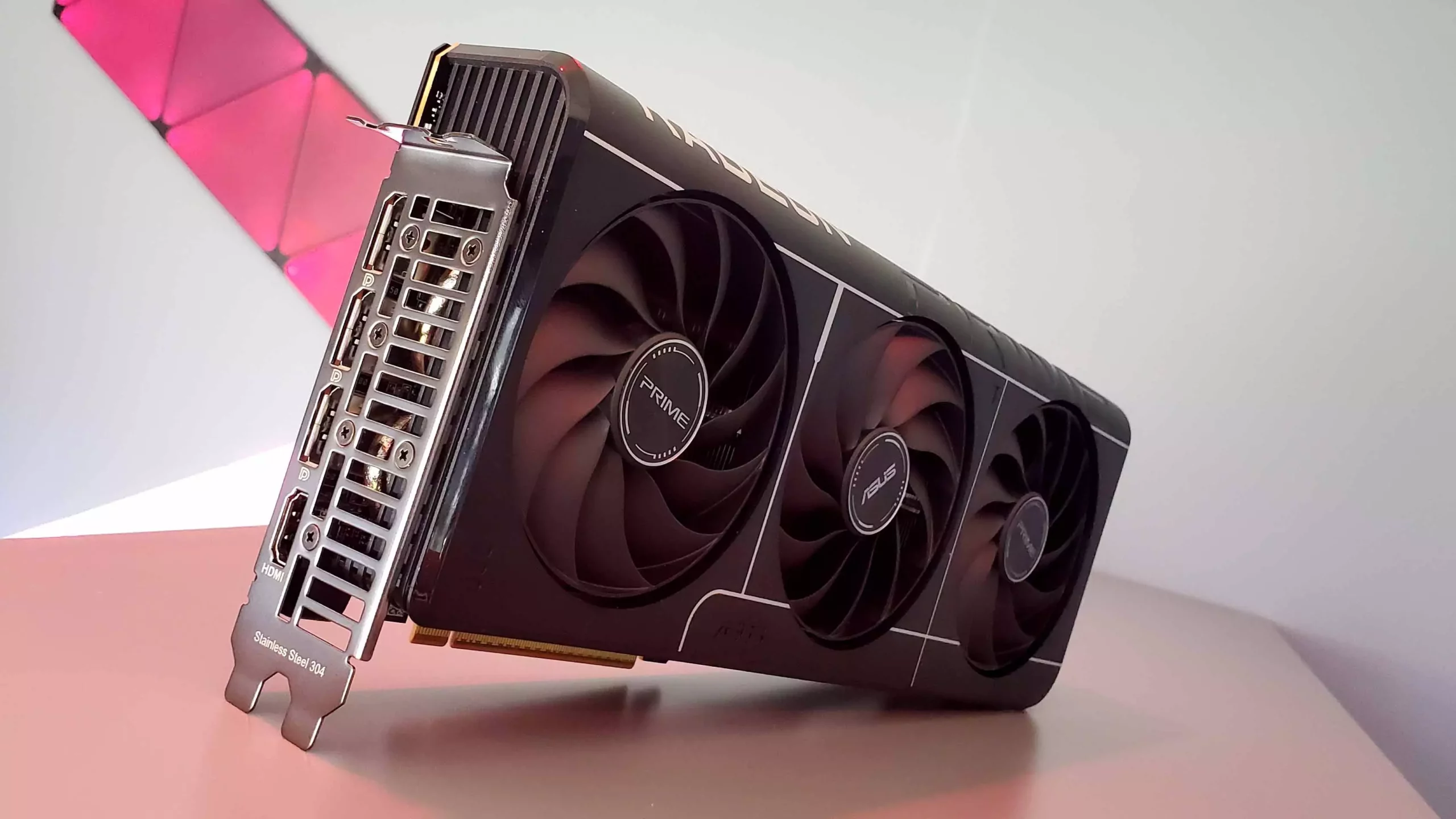In the realm of graphics cards, AMD’s Radeon RX 9070 XT has been a focal point, especially with recent revelations from Bilibili’s hardware channel 51972. This channel has released pivotal benchmarking comparisons between 22 different models of the RX 9070 XT, highlighting a crucial detail that has sparked curiosity among tech enthusiasts and gamers alike: the variance in performance between models equipped with Samsung GDDR6 memory chips and those using SK Hynix memory. The results indicate a minor yet noteworthy performance gap of approximately 2.6%, raising several questions about the implications for consumers, gamers, and the broader market.
While the difference is relatively small on paper, the psychological impact of knowing that the latest iterations of the RX 9070 XT, utilizing Samsung’s memory, are technically lagging behind is undeniable. It’s pivotal to note that AMD’s adoption of Samsung GDDR6 memory is a recent development, purportedly tied to the promise of improved thermal performance. Yet, the trade-off in benchmark speed provokes a deeper analysis of priorities for manufacturers and the expectations from consumers.
The Memory Chip Dilemma: Samsung vs. SK Hynix
Upon delving into the details, it becomes evident that AMD’s decision to transition to Samsung memory stems from an evolving technological landscape. The slightly looser timings reported for Samsung’s GDDR6, as confirmed by AMD, could partially explain the observed performance dip. While on the one hand, Samsung’s chips may offer better thermal dynamics—an aspect that could enhance longevity and stability—it appears that performance remains paramount in the high-stakes arena of gaming hardware. For gamers who demand the best, even a minor reduction can leave a taste of disappointment.
The notion that a mere 2.6% drop in performance may not significantly impact real-world gaming scenarios could be a comforting argument for AMD’s defenders. However, for enthusiasts looking to maximize every frame per second, such discrepancies matter. The benchmark conducted—3DMark Speed Way—highlights a key point of concern: when you’re utilizing a single benchmark to assess performance, how representative is that of day-to-day gaming experiences?
Beyond Numbers: Real-World Implications
Further complicating the narrative is the pending inquiry into overclocking capabilities of the Samsung-equipped models. As enthusiasts know, the art of overclocking can often offset minor performance differences, and reports suggest that previous models with SK Hynix memory have shown promise in this area. As gamers fine-tune their systems to extract peak performance, the question arises—will the newer Samsung variants respond similarly? Until comprehensive testing is conducted, uncertainty lingers.
The potential for undervolting, as evidenced in early reviews, opens an intriguing avenue for performance enhancements. One review showcased how an undervolt combined with memory tweaks dramatically improved the RX 9070 XT’s capability. This could lead to speculation that if the new Samsung chips could undergo similar modifications, they could effectively minimize the 2.6% shortfall.
However, it’s critical to note that consumer options in the graphics card market come with varying price points and performance levels. While the RX 9070 XT may not dominate every performance metric when compared to its rivals, it still holds its ground against more expensive competitors. As such, AMD must tread carefully, ensuring that expectations align with market offerings, rather than risking consumer disillusionment borne from minor performance dips.
The Marketing Imperative: What’s in a Chip?
Looking ahead, a pivotal question arises for both consumers and manufacturers: will there be a clear distinction made between the Samsung and SK Hynix variants? As the competitive landscape of graphics cards continues to evolve, the importance of differentiation grows. If buyers are unaware that they are choosing a slower variant based solely on memory type, brand loyalty and trust may waver. Transparency in marketing and clear communications about technical specifications may emerge as critical factors for AMD moving forward.
With the growing scrutiny placed on memory performance, AMD has a unique opportunity to redefine its approach to consumer engagement. By emphasizing their advancements in thermal performance alongside clear benchmarking communications, they can navigate this challenging landscape while ensuring that consumer confidence remains intact. For now, while a 2.6% difference may not sound alarming, it certainly draws attention to the complexities involved in the production and selection of high-performance computing hardware.

